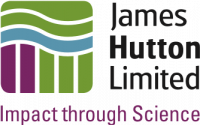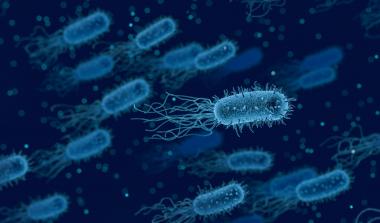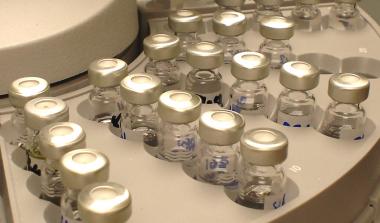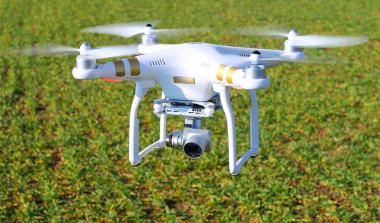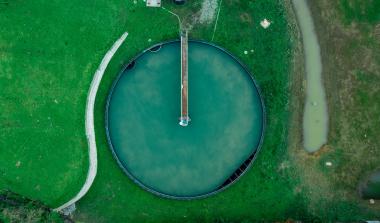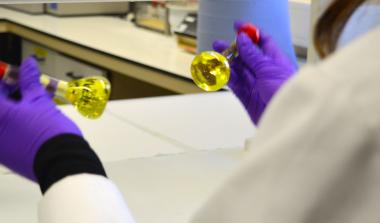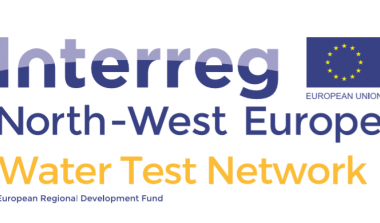Aquaculture
James Hutton Institute science can support the aquaculture industry to measure and minimise impact and cost and to support good health and well-being through a wide range of scientific and research services.
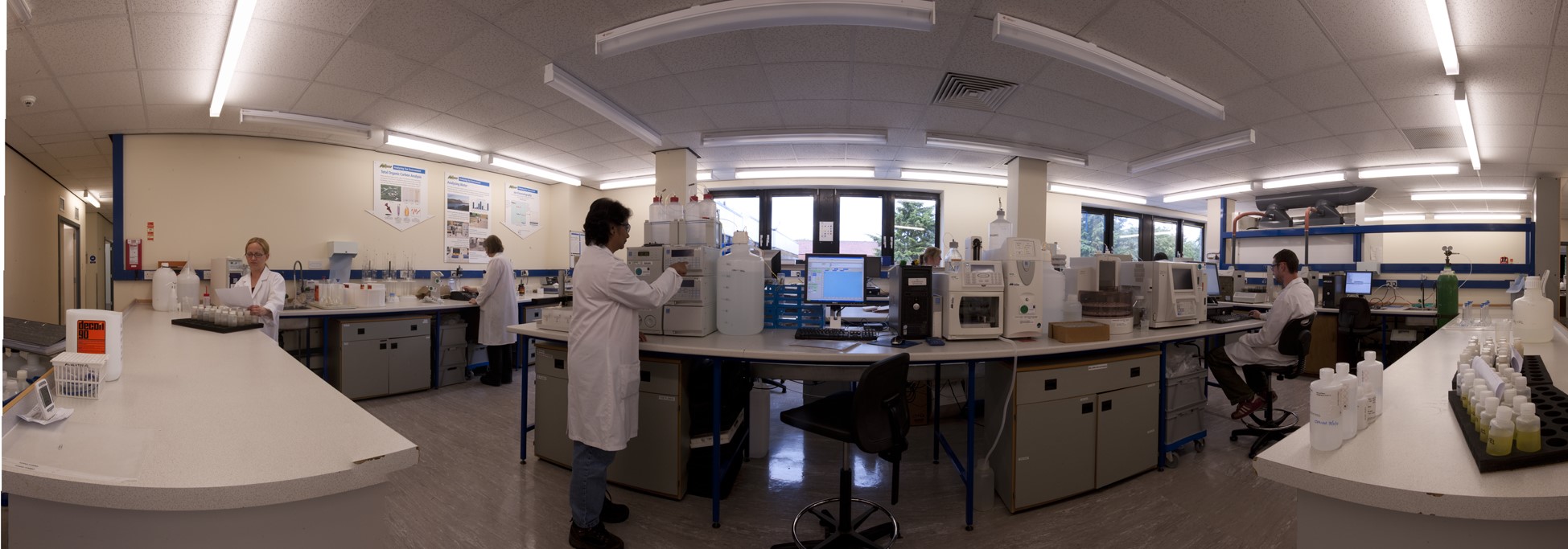
Chemical and organic analysis
The James Hutton Institute analytical laboratories operate to the standards required by ISO 17025 and ISO 9001 accreditation and many of our routine techniques are accredited. A full accreditation schedule can be found at the UKAS website With advanced equipment and highly experienced scientists, James Hutton Limited can accurately identify and quantify components in a range of samples and our expertise extends to method development. If required, we can research, develop and construct the correct method for your analyses.
A number of analyses are available to assess and/or monitor sediments and water for contaminants including heavy metals, volatile, semi-volatile and non-volatile organic compounds.
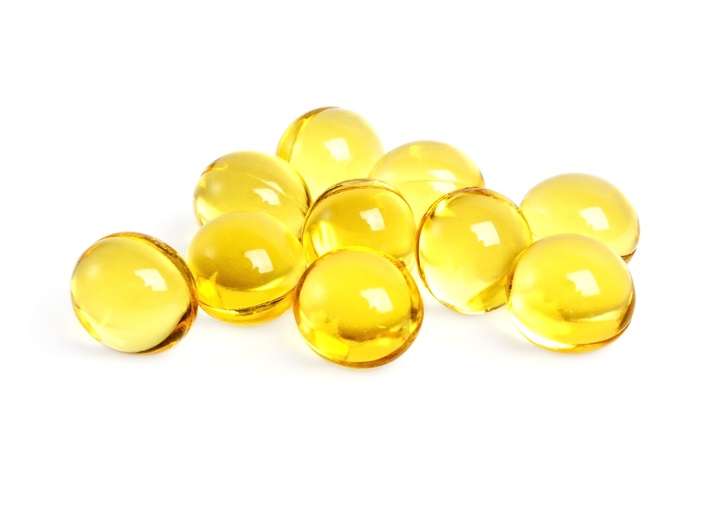 Omega-3 Analysis
Omega-3 Analysis
Our dedicated lipid laboratory, Mylnefield Lipid Analysis, specialises in the analysis of omega-3 and fatty acids. It is one of the few laboratories in the world approved by both the UK MHRA and the US FDA for GMP analysis of oils and fats and has also undergone a successful GCP inspection by the MHRA.
For aquaculture producers, processors and retailers, Mylnefield Lipid Analysis provides nutritional quality assessments, oxidative stability measurements, stability storage trials and method development for lipid extractions.
Water Technologies
James Hutton Limited is part of the Water Test Network; a collaborative, ERDF funded project which provides SMEs in North-West Europe (NWE) with resources to test, develop and validate new products for water innovations; accelerating time to market, and increasing the proportion of new innovations that reach the market. Grants are available to help SMEs fund proof of concept testing for innovative technologies.
James Hutton Limited is also able to offer Environmental Technology Verification (ETV) reports on environmental technologies. ETV is an International Standard (BS EN ISO 14034) developed with the objective of providing credible, reliable and independent verification of environmental technologies which have an impact or added value for the environment.
Emamectin Benzoate analysis
We provide analytical services to help fish farmers attain the Maximum Acceptable Concentration (MAC) of Emamectin Benzoate (EMB). Recent changes in legislation require analysis for EMB pesticide in marine water and sediments to be 1,000 times lower than previous levels.
The active ingredient in SLICE®, EMB is used to control sea lice – a major problem in aquaculture. The team at James Hutton Limited are experienced in this sector and have been carrying out EMB analysis to the detection limits previously required for more than 15 years.
The methodology is validated to the requirements of SEPA.
For more information, please reach out to Gareth Newman, Service Delivery Manager in Analytical Services: Gareth.newman@huttonltd.com
Industry Collaborations
In many aspects of our work, James Hutton Limited is the link between the science of the James Hutton Institute and industry – in a huge range of sectors. The following are examples of scientific projects undertaken by James Hutton Institute, to support and provide solutions to/for aquaculture. 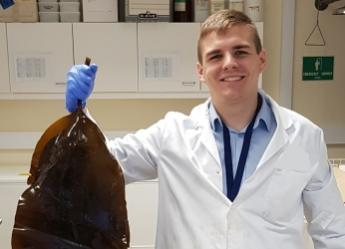 Seaweed? See Feed
Seaweed? See Feed
One James Hutton Institute knowledge transfer project is investigating seaweed as an underexploited resource and due to its protein content, probiotic potential and high antioxidant levels, its potential as an ingredient in livestock feed. In partnership with Davidsons Animal Feeds and funded by Innovate UK, the project aims to prove that combining certain strains of seaweed in the right way can offer benefits including improved immunity performance, meat quality and shelf-life. Read more on the James Hutton Institute website.
Do fish eat their greens?
The James Hutton Institute was a research partner in the project, ‘Beans4Feed’, purporting fava beans as a viable and beneficial alternative protein for fish feed. Other partners were University of Stirling, Marine Harvest, BioMar, EWOS, University of Aberdeen, University of St Andrews.
This led to further projects; one investigating the use of legumes in formulated diets for feeding fish and shrimps and another, intercropping malting barley with peas and the distilled pea by-product being restructured to animal feeds, including fish food. The use of distilled-pulse coproducts in aquaculture would further improve sustainability metrics. For more information, please visit www.true-project.eu/ case 15 & 17.
Organic Elements in Fish Farm Sediments
James Hutton Limited was engaged in a study to perform quantification and stable isotope analysis of phospholipid fatty acids (PLFA) found in sediments at a fish farm location. Reporting the concentration, relative abundances and carbon stable isotopic signatures of the PLFAs in sediments and the fish food used, the study was to determine if the high levels of organic matter discovered in the sediment, could be attributed to site waste. For more about the methodology used in the study, please click here.
Maxing Astaxanthin
The team at the James Hutton Institute has gathered significant experience of analysing seaweeds and animal feeds for carotenoids and PUFA. One example of this is a study which looked at the potential of large-scale commercial production of Haematococcus pluvialis, a green algae with high natural levels of astaxanthin, an essential compound in the diet of a healthy fish. With limited primary producers of astaxanthin, this study projected H.pluvialis as a sustainable source for the volume required to meet demand from the fish food sector. The James Hutton Institute’s role throughout the study was to monitor and measure astaxanthin and fatty acids in the algae. The LC-MS methods used incorporated protocols from a previous project, initially developed to measure carotenoids in potatoes.
Subscribe to AQUACULTURE NEWS from James Hutton Limited.
Services







